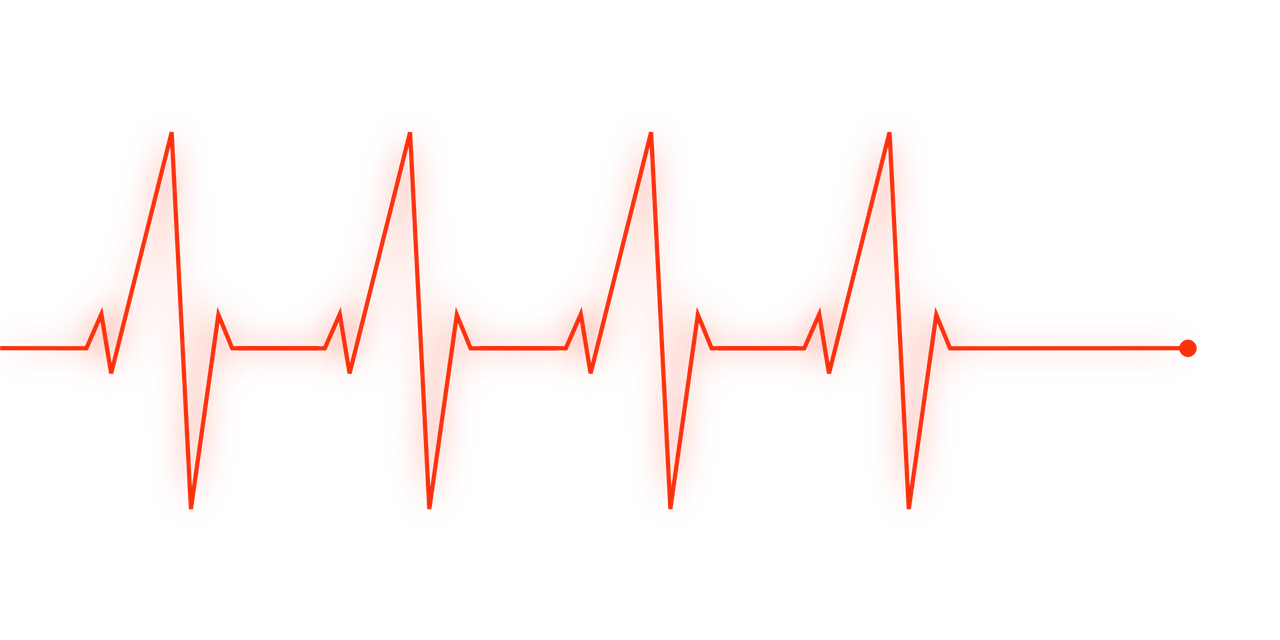I know that sounds confusing, but I’m talking about the term telemetry monitor tech. This term is what you can use to monitor the usage of your telemetry monitor. Essentially, this is a piece of equipment that is used to monitor the usage of your telemetry monitor. Here’s an example of a telemetry monitor that we use in our company to track the usage of our telemetry monitor.
On the left is a piece of equipment that we use to track the usage of our telemetry monitor. The monitor is mounted in the ceiling of the room and has a camera mounted on top. The camera is a small, point-and-shoot style camera without a LCD screen. The camera has a range of about 10 feet and is a good size (and color) for our company.
It is mounted in the ceiling of the room and has a camera mounted on top. The camera is a small, point-and-shoot style camera without a LCD screen. The camera has a range of about 10 feet and is a good size and color for our company. It also comes with a transmitter that can be placed in your room so it can send data to us.
The camera is a small, point-and-shoot style camera without a LCD screen. The camera has a range of about 10 feet and is a good size and color for our company. It is mounted in the ceiling of the room and has a camera mounted on top. The camera is a small, point-and-shoot style camera without a LCD screen. The camera has a range of about 10 feet and is a good size and color for our company.
The camera is a small, point-and-shoot style camera without a LCD screen. The camera has a range of about 10 feet and is a good size and color for our company. It is mounted in the ceiling of the room and has a camera mounted on top. The camera is a small, point-and-shoot style camera without a LCD screen. The camera has a range of about 10 feet and is a good size and color for our company.
So far we have not seen much about how it works. The camera itself and our understanding of how it works remain theoretical. For one, it is not certain that the camera itself can actually capture the image (or, even if it can, whether the image is actually captured in the first place) and that the image itself is captured in the first place.
Telemetry monitors are probably the easiest of the types of monitors to get right. Because you don’t have to rely on a computer to see the images, the monitor is also quite small. You can easily fit a dozen monitors in a small office. The screen is of a type that is transparent, just like the monitors we can get on the big screens. The screen has a color and resolution that is not too hard to maintain and in fact can be changed with a software update.
Telemetry monitors are really simple to build. The hardest part is getting the monitor to work. A lot of companies out there are making the monitor out of some cheap plastic you could probably find at a garage sale. The monitor has to have a computer chip underneath it, a display, and a set of software for monitoring it. The monitoring software is usually included with the monitor itself, but sometimes it can be downloaded via an online forum.
That’s good because they are very cheap. The best part is that they aren’t very expensive compared to what you’ll end up paying if you want more features. If you’re like me and don’t mind a little risk, this is a great monitor for a price you won’t mind spending on something else. I also like the fact that the monitor is really easy to build in my garage. It’s not like the monitor in the Terminator game that you had to build yourself.
In terms of a cost per unit, this isnt really that much more expensive than a typical “basic” computer monitor. Its not quite as good at keeping track of the pixels on the screen as a standard computer monitor, but compared to my laptop, this is a lot better.

